Nestled in the heart of Tianjin, the Five Avenues (Wudadao) stand as a living museum of colonial architecture and modern innovation.
 Spanning five parallel streets—Chengdu, Chongqing, Dali, Munan, and Racecourse—this 1.3 km² district boasts over 2,000 historic buildings blending European grandeur with Chinese craftsmanship. Recognized as China’s most intact Western-style architectural complex, it offers travelers a journey through Tianjin’s cosmopolitan past and vibrant present.
Spanning five parallel streets—Chengdu, Chongqing, Dali, Munan, and Racecourse—this 1.3 km² district boasts over 2,000 historic buildings blending European grandeur with Chinese craftsmanship. Recognized as China’s most intact Western-style architectural complex, it offers travelers a journey through Tianjin’s cosmopolitan past and vibrant present.
A Historical Crossroads
Born in the 1860s as part of the British Concession, the Five Avenues evolved into a sanctuary for China’s elite during the Republic of China era.
Wealthy merchants, diplomats, and luminaries like revolutionary Sun Yat-sen and educator Yan Xiu built opulent residences here, earning it the nickname “Millionaires’ Row”.
The area’s eclectic mix of Italian villas, Spanish courtyards, and Tudor-style mansions reflects Tianjin’s role as a treaty port where Eastern tradition and Western modernity collided.
Architectural Symphony
The Five Avenues showcase 37 distinct architectural styles, including:
1.Renaissance Revival:
The Porcelain House (a former French villa) dazzles with 400 million ceramic shards and 13,000 antique vases.
2.Neoclassical:
Prince Qing’s Mansion (Chongqing Road) blends Baroque flourishes with Qing Dynasty woodcarvings.
3.Mediterranean:
Da Wen Shi Lou on Ma Chang Road features terracotta roofs and arched colonnades reminiscent of Seville.
4.Eclectic Fusion:
Cai Chengxun’s Residence merges Chinese courtyard layouts with Art Nouveau stained glass.
Stroll beneath plane trees lining cobblestone lanes to discover hidden gardens, ornate iron gates, and plaques detailing each building’s storied past.
Cultural Renaissance
Beyond architecture, the Five Avenues pulse with creative energy:
- Art Spaces: Converted mansions like Tianjin Quanyechang host galleries showcasing ink paintings and avant-garde installations.
- Café Culture: Sip espresso in Ginkgo Coffee, housed in a 1920s Spanish villa, or enjoy matcha lattes at minimalist Soloist Coffee.
- Festivals: The annual Wudadao Forum celebrates global cultural exchange, while autumn’s golden ginkgo leaves draw photographers worldwide.
Visitor Tips
- Best Time: April–May (azalea blooms) or September–November (ginkgo foliage).
- Guided Tours: Rent a bicycle or join a heritage walk to explore hidden gems like Zhang Xueliang’s Former Residence.
- Nearby Attractions: Pair your visit with the Haihe River Cruise or Ancient Culture Street for traditional snacks like Goubuli steamed buns.
- Transport: Metro Line 1 to Xiaobailou Station (5-minute walk).

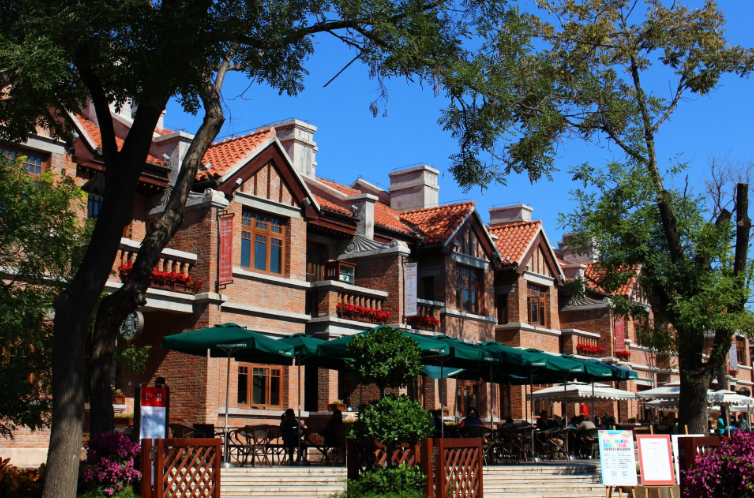

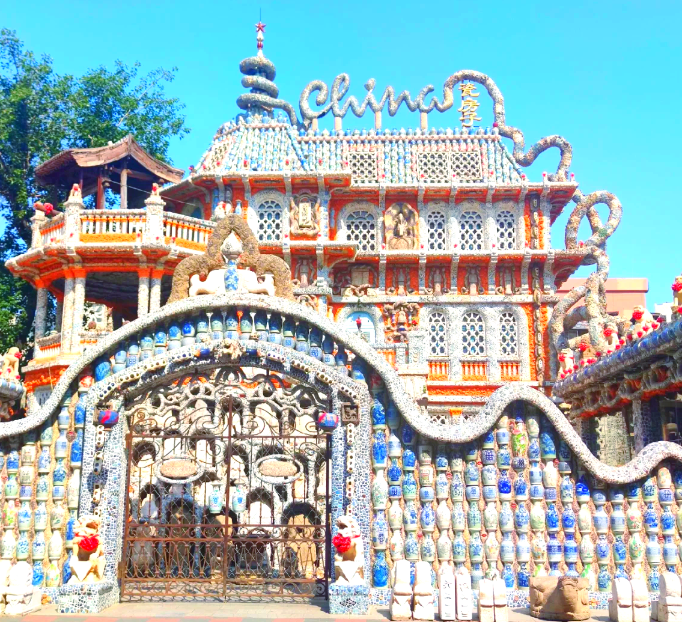
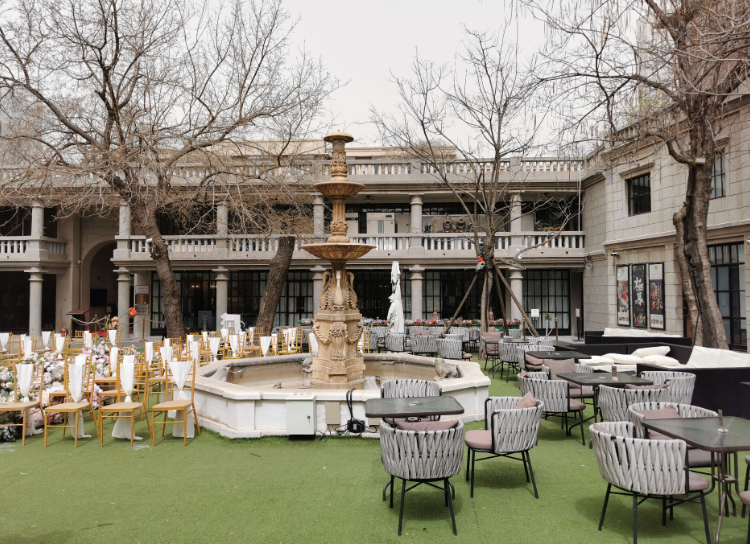
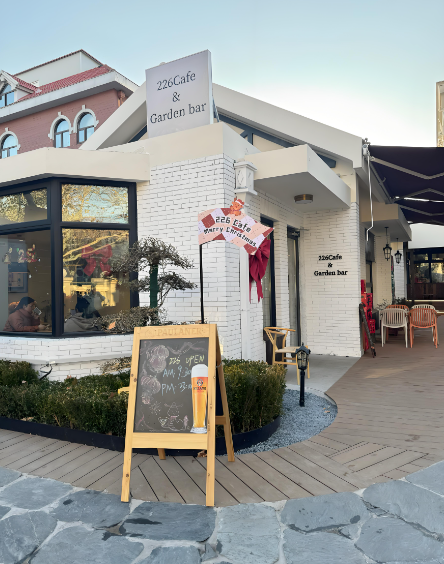













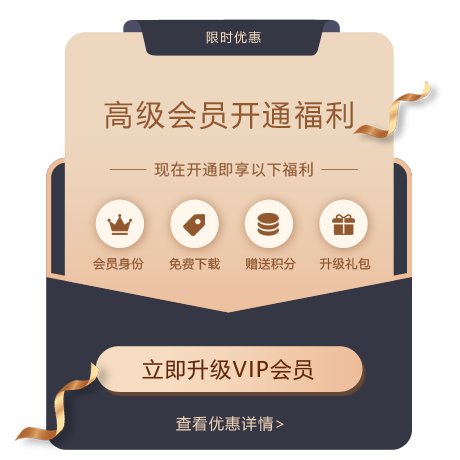
No comments yet